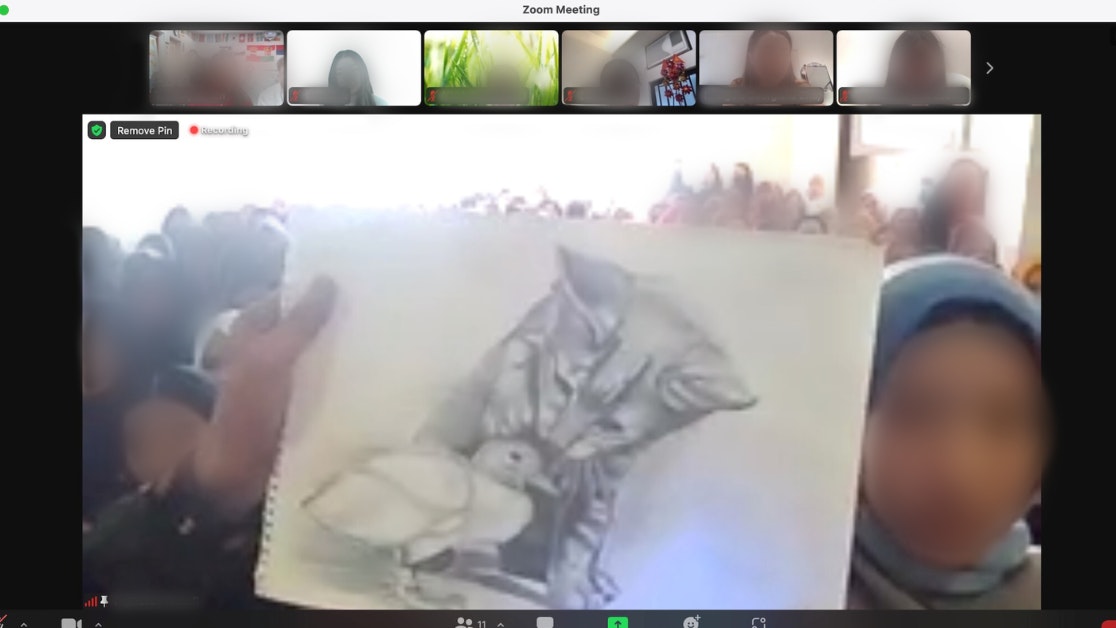Homepage
•
Learning Library
•
Blog
•
Students Become Teachers To Help Afghan Girls Learn
Expand breadcrumbs
Expand breadcrumbs
- Learning Library
- Blog
- Students Become Teachers To Help Afghan Girls Learn
- Homepage
- •
- Learning Library
- •
- Blog
- •
- Students Become Teachers To Help Afghan Girls Learn
Students Become Teachers To Help Afghan Girls Learn
By Jennifer Snelling
January 26, 2023








